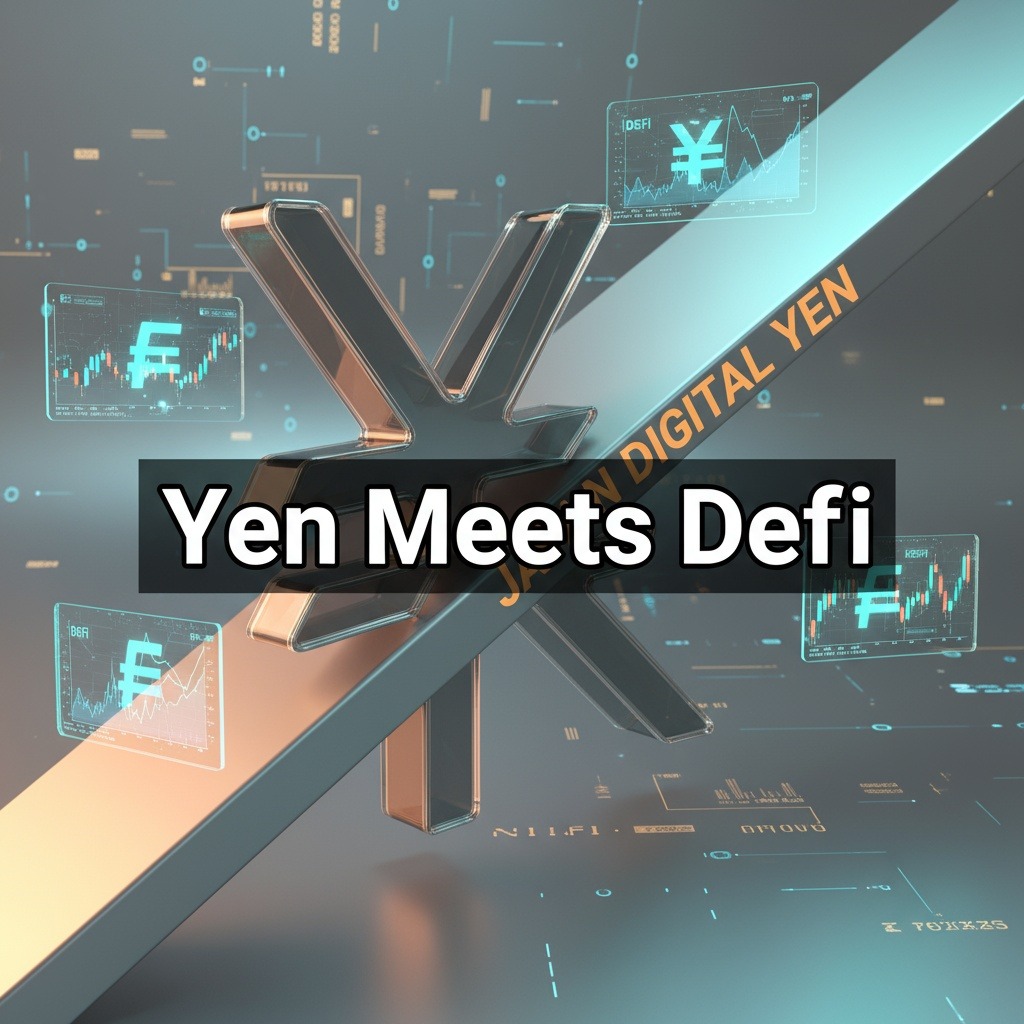As the blockchain ecosystem continues to mature, the pursuit of scalable and secure solutions is attracting notable attention. One innovative approach gaining traction is the use of Trusted Execution Environments (TEEs), which have shifted from primarily serving privacy-centric projects to playing a crucial role in enhancing scalability and facilitating secure offchain computations.
Currently, over 50 development teams are actively engaged in TEE-based blockchain initiatives, highlighting the technology’s expanding relevance. This article delves into the technical underpinnings of TEEs within blockchain systems and explores the significant use cases emerging from this groundbreaking technology.
The Mechanics Behind TEEs
Traditional blockchain systems primarily rely on cryptographic techniques and distributed computing to ensure security and integrity. In contrast, TEEs introduce a layer of hardware-based trust. A Trusted Execution Environment is essentially a secure area within a device’s processor that keeps both data and executing code protected from tampering and unwanted access. This secure enclave operates independently from the broader operating system, enabling it to present third-party entities with verified proof of its operations through a process known as remote attestation.
TEEs achieve this by evaluating the Trusted Computing Base, which comprises essential components such as boot firmware, the operating system kernel, and application binaries. These measurements are stored in secure hardware registers and subsequently verified with a private key embedded within the CPU, generating a cryptographic attestation report. This report allows remote verifiers to validate the integrity and authenticity of the enclave.
To effectively utilize hardware-level trust for confidential smart contract execution, blockchain nodes must be equipped with TEE-compatible chips. This requirement applies primarily to nodes engaged in transaction and block verification, as well as offchain computations. In a typical layer-1 architecture, consensus nodes maintain an encrypted version of each contract’s state within a global ledger, with each node housing a TEE that facilitates the encryption, execution, and reencryption of every transaction. While this hardware dependency enhances operational privacy, it also imposes a challenge: a smaller validator set, as fewer individuals can operate nodes that require specialized hardware.
Alternatively, layer-2 architectures may leverage TEE computations secured via a dispute resolution mechanism rather than distributed consensus, as observed in rollups. While this setup employs a similar encryption methodology to layer-1 systems, it can enhance scalability, albeit at the cost of interoperability—contracts executed in isolation from each other lead to limitations in functionality.
TEEs apply standard asymmetric cryptography to encrypt function calls and smart contract codes. Before submission to the blockchain, these function calls are encrypted using the TEE’s public key; they are then decrypted within the enclave for execution.
Innovations on the Horizon
One of the pioneering initiatives in this area is the Secret Network, which operates on the Cosmos SDK and utilizes Intel SGX technology. This platform enables the development of private smart contracts via TEEs, creating an environment where decentralized finance (DeFi) applications can flourish with essential confidentiality. Secret Contracts can conceal contract logic, inputs, outputs, and states, while still providing transparency for addresses involved. Furthermore, Secret Tokens can maintain confidential records, visible solely to authorized parties.
Challenges and Considerations
Despite the advantages TEEs may offer, they are not without vulnerabilities. The security of private smart contract execution is heavily dependent on the integrity of the TEE hardware vendor. Although leading manufacturers like Intel are expected to uphold their reputations, there have been notable vulnerabilities, such as those found in Intel’s Management Engine (IME) over the years, raising concerns about potential risks.
Furthermore, TEE providers could be subject to governmental pressures that may lead to the introduction of backdoors or compliance with surveillance mandates, posing risks to the integrity of encrypted data.
In summary, as blockchains evolve, the adoption of Trusted Execution Environments stands to significantly bolster security and scalability in this dynamic landscape. As development continues, it will be essential for the community to address the associated risks while unlocking the full potential of this promising technology.



